The foundation of a healthy diet lies within three nutrients: carbs, fats, and proteins. Also called macronutrients, these three things are where we get a majority of our calories.
That being said, it’s important to be mindful of how these nutrients play a role in our eating habits.
In the case of becoming vegan or vegetarian, it’s not as simple as removing the steak from your plate and eating what’s left. It requires some insight into how you’re going to restructure your diet. These changes don’t need to be drastic, but you might need to get creative when it comes to replacing your protein.
As a macronutrient, protein is needed in large quantities by your body. Falling short of it could possibly lead to certain health issues over time.
Luckily, there are plenty of plant-based sources of protein. In this article, we’re going to cover some of the best sources of protein, and how you can incorporate them into your daily meals.

Complete Proteins
Before we get started, just a quick heads-up about amino acids: they’re pretty important.
There are certain amino acids that your body can’t make itself. These are called essential amino acids.
It’s crucial to get these from your diet because they play a vital role in building proteins, hormones, and neurotransmitters.
Only certain foods contain every essential amino acid. These foods are called complete proteins.
If you’re eating a wide variety of whole foods–especially ones considered complete proteins–your amino acid intake should be a-okay. Here are some examples to get started.
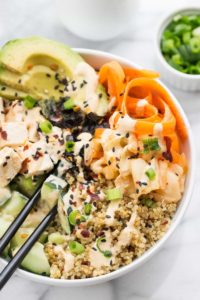
Quinoa
Perhaps the most widely recognized complete protein, quinoa takes the first spot. It’s often compared to couscous and rice, but quinoa is actually a part of the spinach family!
One cup of cooked quinoa has about 8.14 grams of protein.
There are plenty of ways to prepare quinoa, but here are some fun options:
Vegan Quinoa Sushi Bowl by Simply Quinoa
Cinnamon Toast Breakfast Quinoa by Cookie + Kate
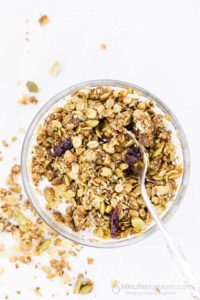
Hemp Seed
Also called hemp hearts, hemp seeds are an excellent source of plant-based protein. Not only do they contain all the essential amino acids, but protein makes up 25% of their calories.
Just three tablespoons of hemp seeds provide about 9.47 grams of protein.
Check out these recipes for hemp seeds:
Hemp Seed Vegan Protein Bars by Krumbled
Healthy Granola with Hemp Hearts by 5 Minutes for Mom
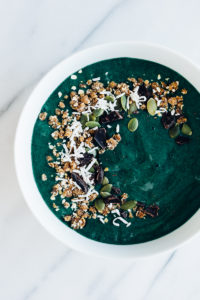
Spirulina
Like what was mentioned earlier, there are nine amino acids that your body cannot make on its own. One of these essential amino acids is lysine.
Blue-green algae, or spirulina, is a great source of lysine, along with other nutrients, such as iron and magnesium.
With a rich teal coloring and 4 grams of protein per tablespoon, spirulina can easily add a boost of vibrance to your usual smoothie recipe!
Here are a few ideas for using spirulina:
Green Smoothie Bowl with Coconut and Dark Chocolate by Parsley Vegan
Caffeine-Free Spirulina Latte by Copina Co.
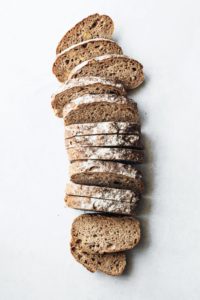
Ezekiel Bread
Last, but certainly not least: one of the healthiest loaves of bread on the market. Ezekiel bread is not your typical bread. It’s found in the freezer section of the grocery store and it’s made with sprouted grains.
These sprouted grains–when combined with legumes–form a complete protein, which isn’t something you’ll normally find in bread. To top it off, it contains no animal products, making it an excellent source of protein for vegans.
Try using Ezekiel bread with these recipes:
Almond Butter Toast with Bananas and Toasted Coconut by The Modern Proper
Caprese Sandwich by Love & Lemons
Incomplete Protein Sources
While these foods don’t have every essential amino acid, they’re still great sources of protein. Try combining them with other whole foods to maximize their nutritional value.

Lentils
They might be small and inexpensive, but lentils are very nutritious and full of protein. In fact, there are about 16.2 grams of protein in just one cup of cooked lentils. To make it better, they also contain plenty of iron, potassium, and magnesium.
Lentils are oftentimes stirred into soups and sauces, which is a great way to give an ordinary dish a boost of nutrients.
Here are some ideas for cooking lentils:
Healthy Vegan Lentil Tacos by Running on Real Food
Hearty Vegan Lentil Soup by The Simple Veganista

Chickpeas
Also called garbanzo beans, cooked chickpeas definitely pack a punch when it comes to protein. With about 15.9 grams of protein for every cup, they can certainly turn a side dish into the main event!
Luckily, there’s a variety of ways to include more chickpeas in your diet. From hummus to chickpea pasta, the options are far from limited.
Check out these recipes for chickpeas:
Vegan Chickpea Vegetable Chowder by Running on Real Food
Honey Mustard Brussels Sprouts and Chickpea Bowl by It’s a Veg World After All
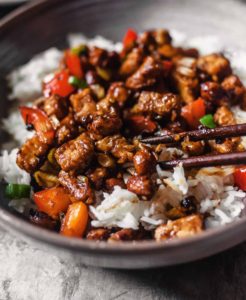
Tempeh
A great source of lysine and protein alike, tempeh is a popular go-to for many plant-based diets. In fact, there are about 15 grams of protein for every ½ cup of tempeh.
The high protein content of soy-based foods–like tempeh and tofu–make them among the most popular meat substitutes in plant-based diets. They tend to absorb the main flavor of a given dish, which makes them a great addition to vegan meals.
Here are some ideas for cooking tempeh:
Vegan Kung Pao Tempeh by The Plant-Based Wok
Easy Tempeh Burrito Bowls by Grateful Grazer
Conclusion
Contrary to popular belief, there are plenty of ways to get enough protein from plant-based foods. Even if you aren’t vegetarian or vegan, including more of these foods in your diet will give you a healthy boost of vitamins and other nutrients.
Amino acids are also important to consider, because they help to build and maintain protein.
Eating a wide variety of whole foods–along with plenty of complete proteins–is the best way to ensure you’re getting enough amino acids.
Foods like quinoa, hemp seeds, and Ezekiel bread–or even combining incomplete proteins with other foods–is a great place to start.
With plenty of creative recipes and ideas to get started, going green with your protein is anything but boring!
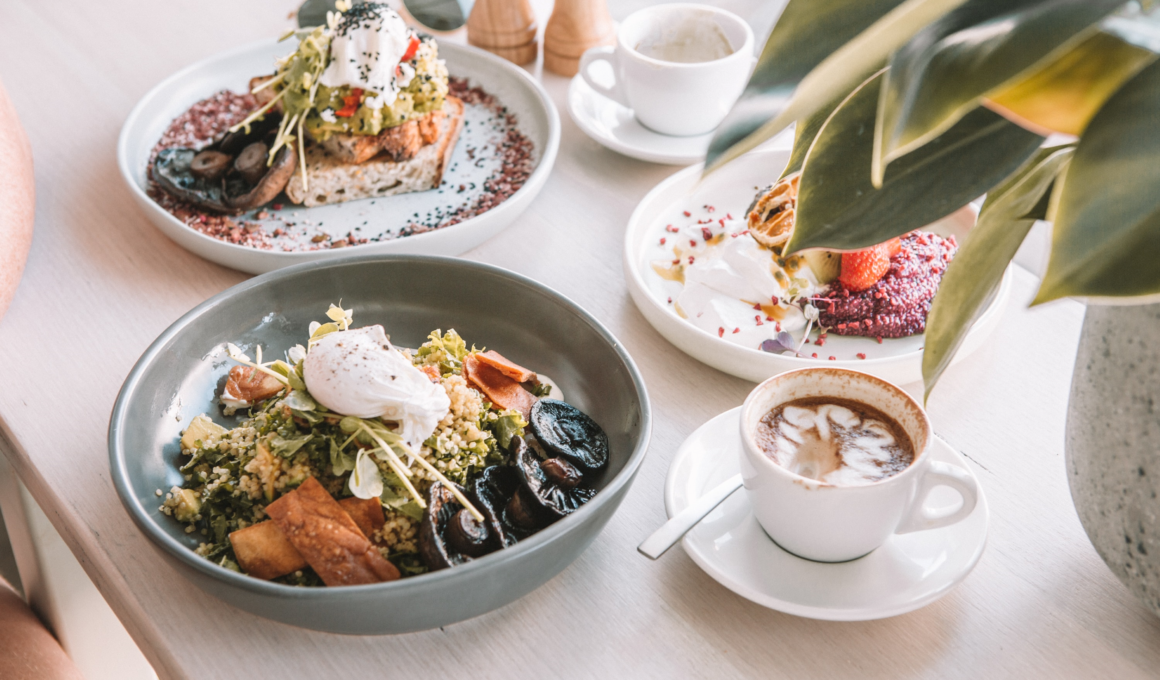
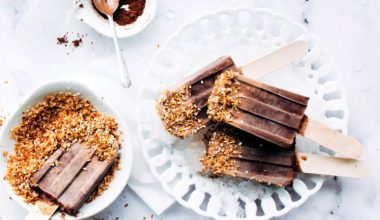


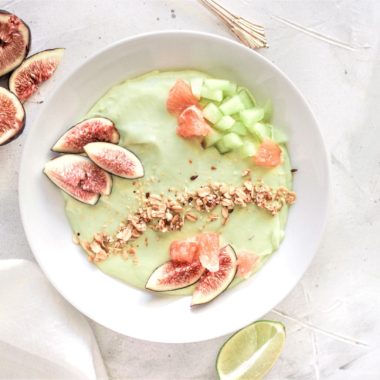
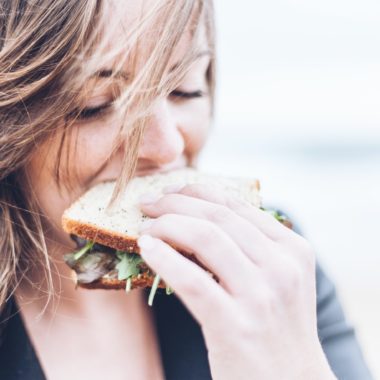

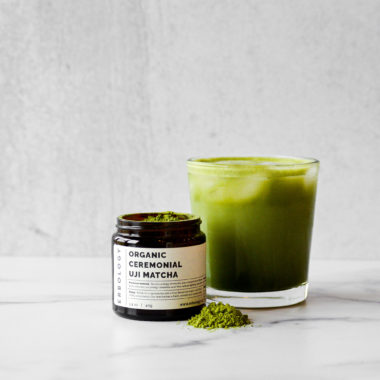
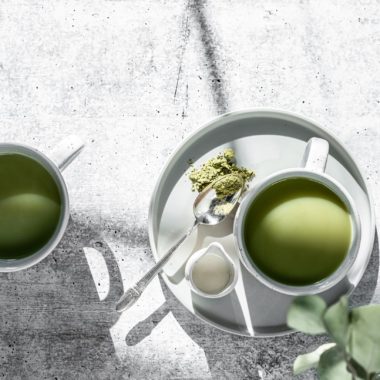
2 comments
Comments are closed.